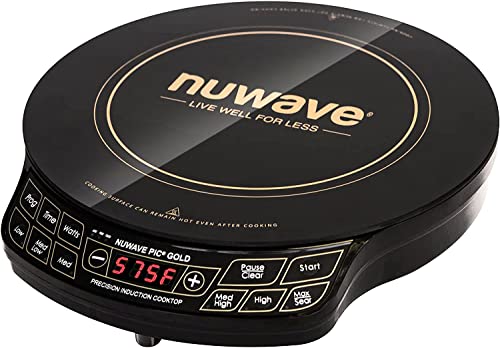Almost There
Well-known member
- Joined
- Nov 3, 2014
- Messages
- 5,130
- Reaction score
- 7
waverider1987 said:Hmm...what about JUST reflectix and then the polyiso? The extra bubble wrap seems like overkill...but i don't know about these things.
If you're not going to bother using the bubble wrap then there is NO point in putting in reflectix. It does absolutely nothing if there is no dead air gap between it and the van wall. There is no other effective method to ensure the dead air gap that I know of.
It's actually quite easy to use the bubble wrap. Buy the 48" wide reflectix because it is a near perfect fit for the side walls of the van. Cut a section and trim it to fit between the ribs of the van. Once you've got it fitted nicely, lay it down with the van wall side up. Spray with a spray adhesive (I used 3M Super 77 from H/D). Lay pieces of bubble wrap out on the glued up reflectix and then trim away the excess. Install the assembled panel with metal tape sealing it all the way around. On to the next panel...
It's actually one of the easiest jobs encountered in doing a DIY conversion and it goes fast!!









































































